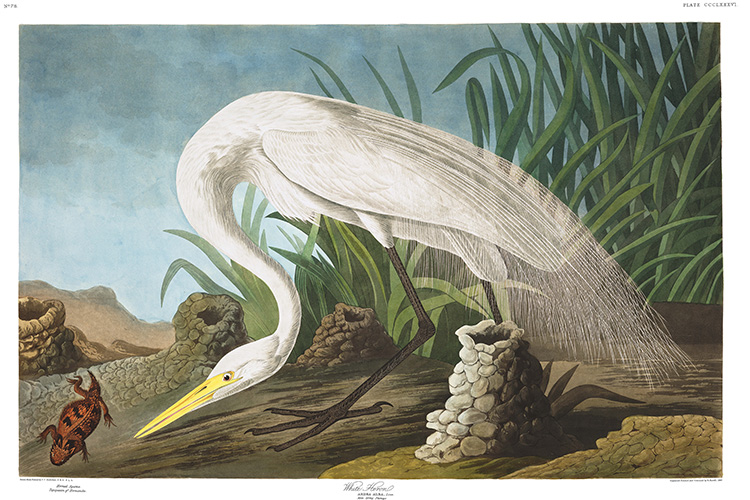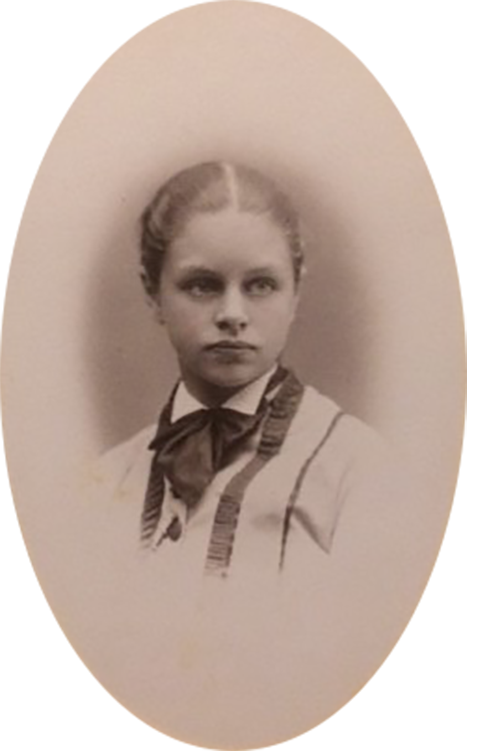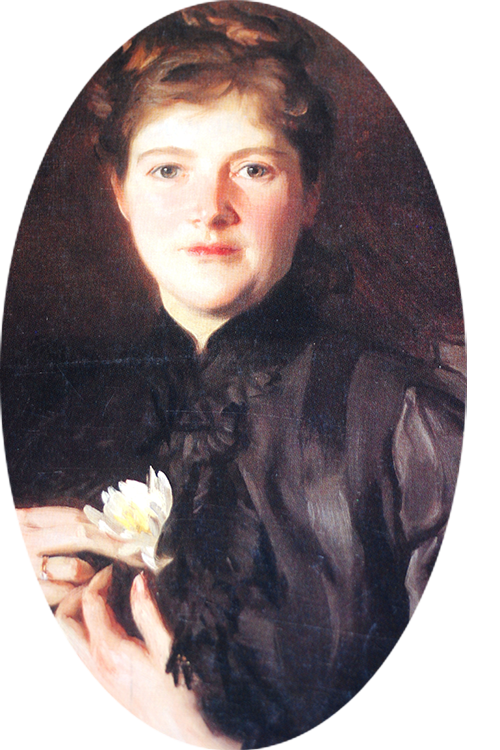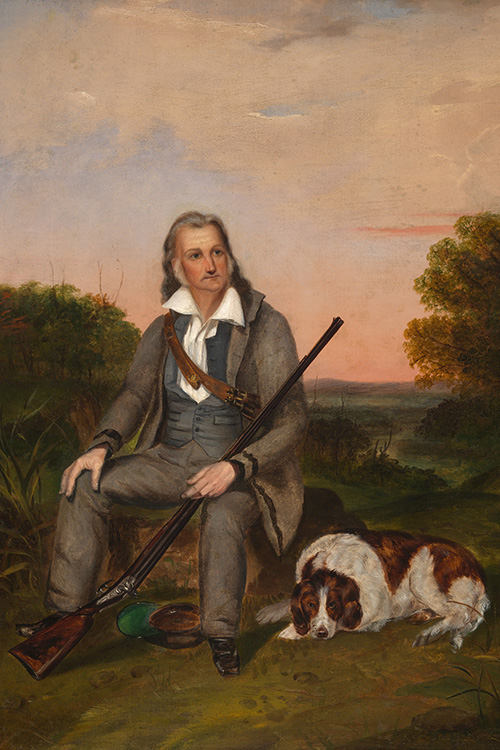The story of the founding of Mass Audubon is well known. In 1896, two women, Boston Brahmins, used their considerable social, economic, and intellectual power to make the audacious move to call out their social acquaintances for their roles in perpetuating the slaughter of birds for the fashion trade.
They organized within their community to get pledges that people would not wear feathers. They formed a board and hired a president, one of the leading ornithological scholars of the day, to lead their fledgling enterprise. They carried their mission beyond Massachusetts and soon had sister organizations across the eastern US, and a national organizing team, as well.
Minna Hall and Harriet Hemenway were not simply socialites on a mission—they were revolutionaries who shifted the world into a new conservation ethic, an ethic that we still carry and defend to this day.
It is likely that their organizing skills, powerful effectiveness, and passionate voice for wildlife conservation came from their upbringing in a family of ardent and active abolitionists. We see evidence for this in the actions of Harriet's father, Amos Lawrence, an ardent "Free-Soiler" who used his fortune to relocate abolitionists to Kansas to swing the vote to have the then-territory enter the Union as a free state.
The fact that they were women building a powerful movement for 25 years before (white) women could vote makes it all the more remarkable.
The Audubon Connection
Our founders named their organization the Massachusetts Audubon Society for the Protection of Birds, linking their mission to the name of the vaunted, larger-than-life American woodsman John James Audubon, who had passed away 45 years earlier. Audubon's "great work"—The Birds of America—and the accompanying biographies and diaries, are bedrock documents to the development of the natural sciences in the United States and beyond.
Long before the era of camera and film, Audubon brought life and drama to the vanishing wildlife of the continent. He created romantic and passionate plates that venerated and elevated the longed-for wilderness that was being crushed at the turn of the 20th century.
But John James Audubon was also a slaveholder, and a considerable amount of his family's fortune (which he managed to lose repeatedly) came from his father's plantation of enslaved people. These human beings were considered "chattel." They were reduced, by law, to a form of property—and that condition legally passed on to all of their future generations.
All it takes is one small story among many about Audubon to see the role this towering icon in the American pantheon of heroes and adventurers played in the everyday cruelty that was chattel slavery.
The Story
In 1819, Audubon and two other men pack a small skiff in Henderson, Kentucky. They embark on a desperate journey down the Ohio and Mississippi Rivers to recover a steamboat stolen by a business partner. For weeks, the three men navigate the rivers, working as a team to hunt and fish for food and stand watch at night.
When they finally reach the end of the Mississippi River in New Orleans, they find the steamboat but, mired in legal wrangling, they are unable to secure it. The trip deemed a failure, Audubon proceeds to sell his traveling companions, his slaves, with little to no regard for the lives and families they left behind in Kentucky.
Listening & Learning
With all things related to Audubon, it is best to consult several resources to try to sort fact from fantasy in his stories. In his own writing he was known to creatively retell tales as simple as the story of his birth: Was he born in Louisiana, or, most likely, Haiti? What year? Who was his mother? His story evolved to fit his ever-changing needs.
He did make the trip down the Ohio and Mississippi Rivers and sold the men who had been his companions, the men who made the trip possible. The basic facts are documented in Gregory Nobles’s 2017 book John James Audubon: The Nature of the American Woodsman and Francis Hobart Herrick's 1917 book Audubon: The Naturalist.
While Herrick spends many pages devoted to retelling the scale and monumental horror of the human trafficking that sustained Jean Audubon, John James Audubon's father, he omits the role of the enslaved men in the retelling of the search for the steamboat. The omission erases the enslaved men, a common practice repeated over centuries and repeated in all aspects of American history.
We must recognize that The Birds of America was possible because Audubon profited off chattel slavery. His home was kept, his farm was worked, and likely his children cared for by enslaved Black Americans. His father's wealth was amassed in large part by a profitable sugar plantation in what is now Haiti, and by a sustained business in human trafficking. The profits from the plantation and the sale of the enslaved people gained Audubon entrance into French society, as well as the United States.
Scientists, artists, and conservationists have always glorified Audubon—a full evaluation of that misplaced glory is long overdue. Appraising Audubon's "great work" must begin with the recognition that there are faces and lives and souls of enslaved men, women, and children who played a material role in making The Birds of America. We must see them, honor them, and grieve for them.
While this process is true of many of our revered American figures, this particular icon is foundational to ornithology and conservation. And we can, and must, learn a greater truth here: How have we helped to perpetuate inequity? We can begin to answer that by being committed to listening to the voices of those who have been erased, learning how we can open the gifts of the natural world to all people, investigating our past, and recommitting to building a more equitable Mass Audubon.
This article is was featured in the Fall 2020 issue of Explore, Mass Audubon's quarterly member newsletter.






